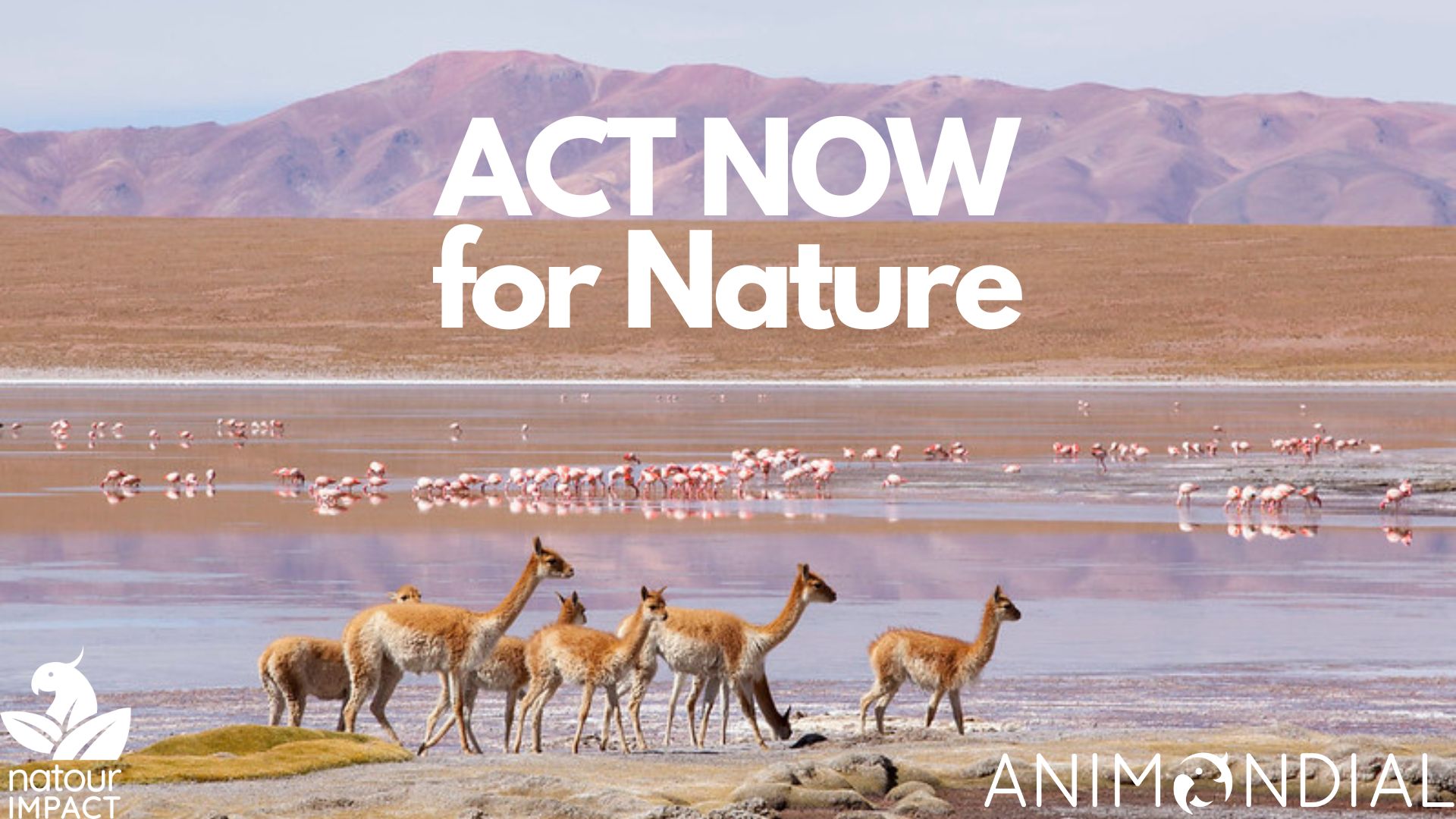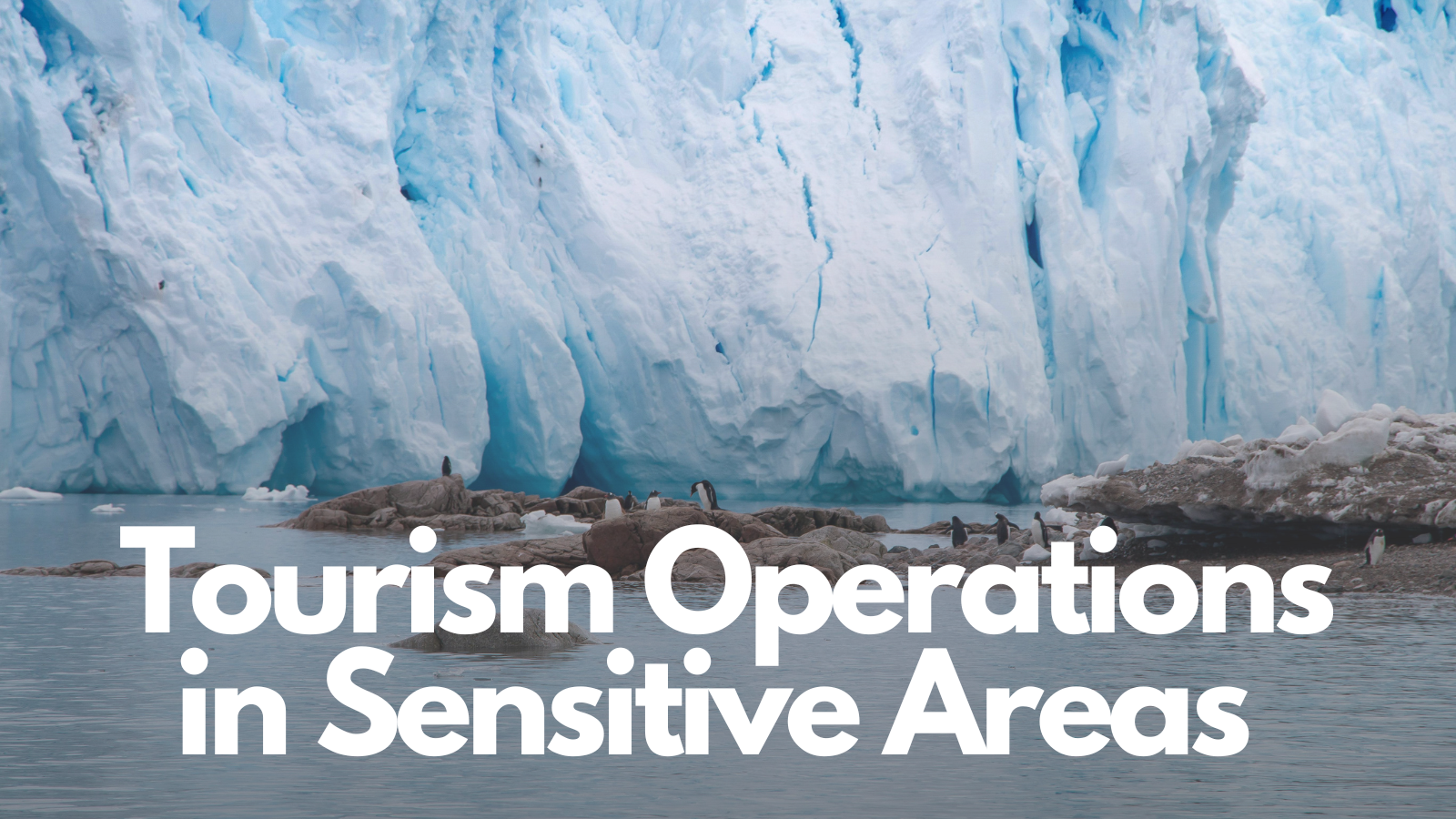
nature positive Tag
- All
- RESOURCES
ANIMONDIAL receives Responsible Tourism Award!
13 November, 2025
Act Now for Nature: Protect Nature Today, Secure Tourism Tomorrow
30 October, 2025
Operating in sensitive areas: reducing business risks
24 September, 2025
Defining your Nature Commitment
30 July, 2025
A Meaningful Commitment to Animal Protection
30 June, 2025
Discovering your Nature Opportunities
21 May, 2025
Know Your Nature Impacts and Opportunities
27 March, 2025
Nature Positive Tourism – your journey to Net Positive for Nature
29 January, 2024
From Animal Positive to Nature Positive
27 November, 2023
Destination Connection
27 October, 2023
A Nature-Positive Approach To Net-Zero Travel & Tourism – Pt1
30 September, 2023
A Nature-Positive Approach To Net-Zero Travel & Tourism – Pt2
29 September, 2023
Biodiversity protections throughout the supply chain
25 September, 2023
Beyond Sustainable Tourism: Embracing Nature Positive
30 August, 2023
Go Nature Positive with Biodiversity Partnerships
03 July, 2023
Earth Day: Understanding the nature around you
20 April, 2023
Act for Nature – but don’t forget the NATURE!
31 March, 2023
Rising to the biodiversity challenge
27 February, 2023
The Future Of Biodiversity Compliance
27 January, 2023
COP15: A Pact for Nature’s Recovery
19 December, 2022
Carbon Offsetting: An essential action or an ineffective distraction?
29 November, 2022
Beyond Sustainable Tourism – the future is Nature Positive
28 October, 2022
Nature Positive Travel & Tourism: Travelling in Harmony With Nature – Film
08 September, 2022
Realising our Vision for Travel & Tourism
26 August, 2022
How to start protecting and restoring nature
25 July, 2022
COP15: The Good, the Bad and the Ugly
29 June, 2022
What’s SDG17 got to do with it?
30 May, 2022
Making the right choice to protect animals
28 April, 2022
Nature is everyone’s business
30 March, 2022
Nature4NetZero – Keep it simple
24 February, 2022
PATA Spotlight: Can sustainable tourism regenerate nature?
30 April, 2021






































